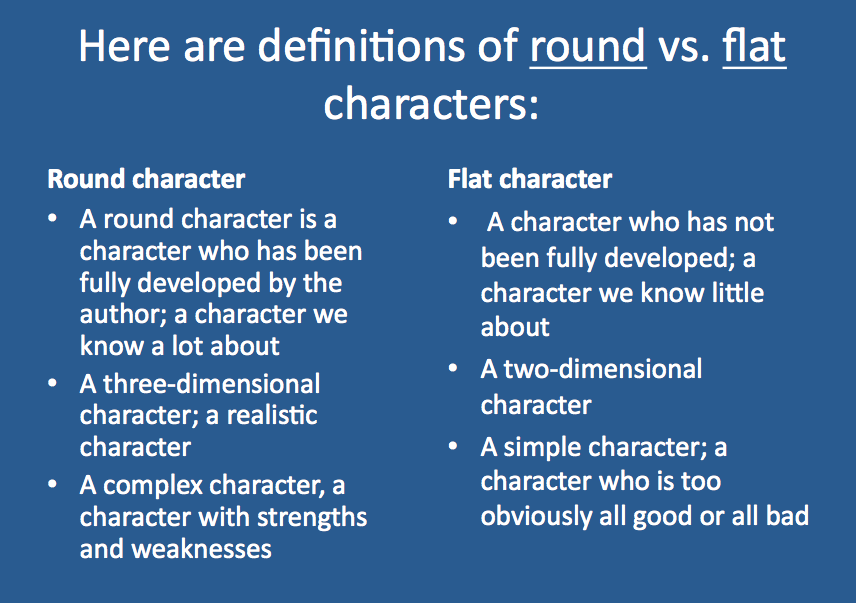

While some characters can be both static and flat, it’s important to understand the distinct difference between the two.Īgain, a static character is defined as a character who undergoes no significant change throughout a story. Static characters are all too often mixed up with a flat character.

What is a static character defined by? Static Character vs. It’s important to understand each so that you can use the strengths of each type of character to your advantage. Understanding the difference between a static character and dynamic character is important for any writer looking to create memorable characters. There are many examples of great protagonists that are also a static character such as Captain America or Sherlock Holmes. This diagram does a great job at illustrating what these character types have in common and what makes them unique.Īs mentioned in the video, a static character is not necessarily a bad character or overly simple character. Because of this, Romeo is a static character. Not only do these characteristics of Romeo go unchanged throughout the story, they ultimately lead to his downfall. Like we discussed in the definition, a static character does not undergo significant change over the course of a story.įor example, in Romeo and Juliet by Shakespeare, the character Romeo is emotional and rather impulsive. The opposite of a static character is a dynamic character.

What is a Static Character in Storytelling? Static vs dynamic character To better understand the static character and how they differ from other characters, let’s analyze its counterpart - the dynamic character. This element of static characters is often used to portray characters as stubborn, dedicated, or sound depending on the role of the character in the story. Static characters remain unchanged by both their environment and other characters. Like Captain America, other static characters will also have the same ambition or motivation throughout the entirety of the film.


 0 kommentar(er)
0 kommentar(er)
